Reading Time – 5 Minutes, Difficulty Level 1/5
Homo sapiens, our species, are the only living species of humans on our planet. Over the course of the last few million years however, there have been multiple species of human, sometimes living in the same place at the same time. Two species in particular have left a lasting legacy that can still be found in the cells of living people. The Neanderthals & the Denisovans.
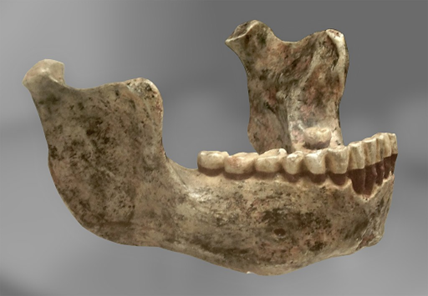
Neanderthals lived across central Europe & western Asia, & are known for their squat but robust frame (averaging around 1.6 m or 5’5” tall), broad noses & sloping forehead. Denisovans are far more mysterious, known from only a handful of teeth & small bones found in remote caves. It is however enough material for genetic analysis to reveal that they were more closely related to Neanderthals than to modern humans. They appear to have been a central & south-east Asian species, with remains found in Russia, China & Laos.
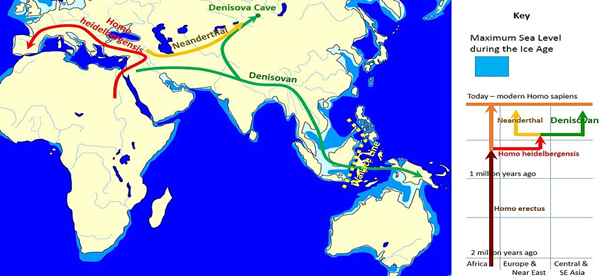
Ancient humans, particularly the Neanderthals, are classically depicted as simple, brutish, primitive ‘cavemen’, but ever expanding lines of evidence now support a more nuanced & sophisticated life for our distant cousins. They may have had cultures & customs on par with Homo sapiens of the age, including stone tools, cooking, arts, finery, burial rituals & language. So compatible were the cultures of Humans, Neanderthals & Denisovans, that at least a few times throughout prehistory when they crossed paths, they became intimately familiar with one another, producing at least a few fertile offspring who would shape the course of human evolution.
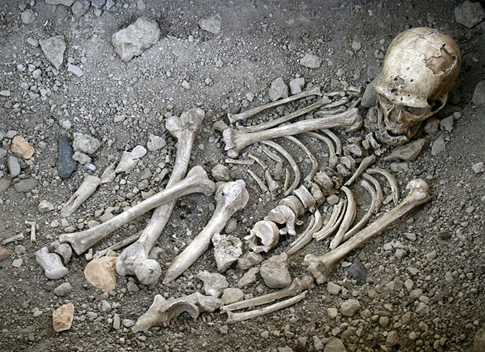
Even today, Humans carry remnants of Neanderthal & Denisovan DNA in their cells, averaging around 1-4% of their total genome. People of European & East-Asian descent have the highest percentage of Neanderthal DNA, while Denisovan DNA is most common in peoples native to Papua New Guinea & its surrounding islands, Australia &, most peculiarly, Iceland. Plotting the percentages & distributions of these genes allows anthropologists to map the migration of various human populations through prehistory, & it seems as though the ancestors of the Vikings may have had their roots much further east than Scandinavia.
A fascinating impact of these interbreeding events is how the introduction of those genes into a population affects our modern biology. For instance, living in cold ice age Europe alongside fearsome beasts meant that Neanderthals had to be durable, so their genetic contribution gave our ancestors a greater resistance to cold. They also had a high capacity for blood coagulation; the process that allows scabs & blockages to form to prevent bleeding & infection. A 2020 study of 244,000 women found that those who carried this gene were less likely to miscarry or haemorrhage during pregnancy & childbirth. However this greater capacity for coagulation is becoming a hindrance in the modern world, as we find ourselves more prone to blood clots, heart conditions & associated complications.
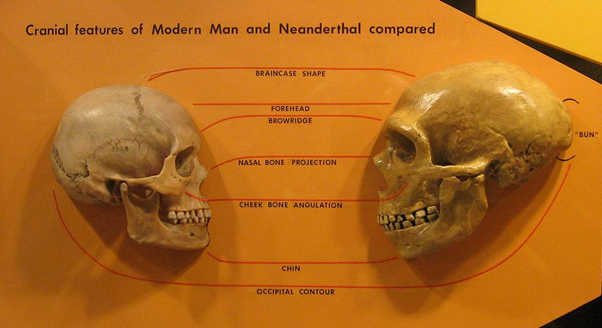
Similarly an introduction of Denisovan DNA into migrating human populations gave them the immune resistance necessary to expand into new, unfamiliar habitats. There are multiple cases, particularly in Asia, where modern humans are found with both Neanderthal & Denisovan genes, suggesting that all three species interbred with one another on multiple occasions. Despite their relatively minor presence in our modern genomes, the influence of these extinct human species has fundamentally shaped our health & biology, & the revelation of our shared genetics paints a far more complex & multifaceted picture of human ancestry than we might have previously imagined.
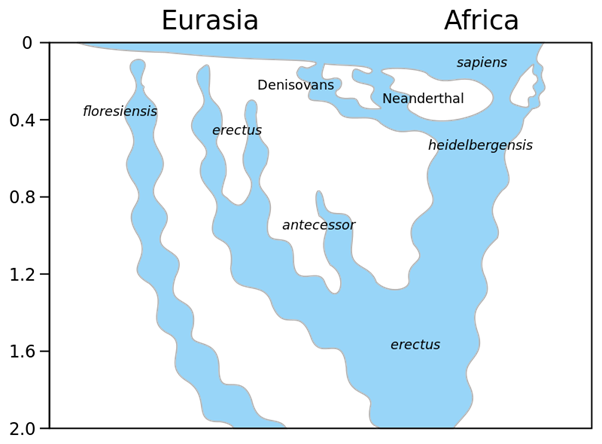
Further Reading
Encyclopaedia Britannica – Neanderthal Genetics, DNA, Evolution
Medline Plus – What Does It Mean To Have Neanderthal Or Denisovan DNA?
Michael Price, Nature – Ancient DNA puts a face on the mysterious Denisovans
A lifelong natural history enthusiast, Dane has built an online following recreating prehistoric life through animation, & is now studying for a Natural Sciences degree while participating in STEM ambassadorship & climate activism.

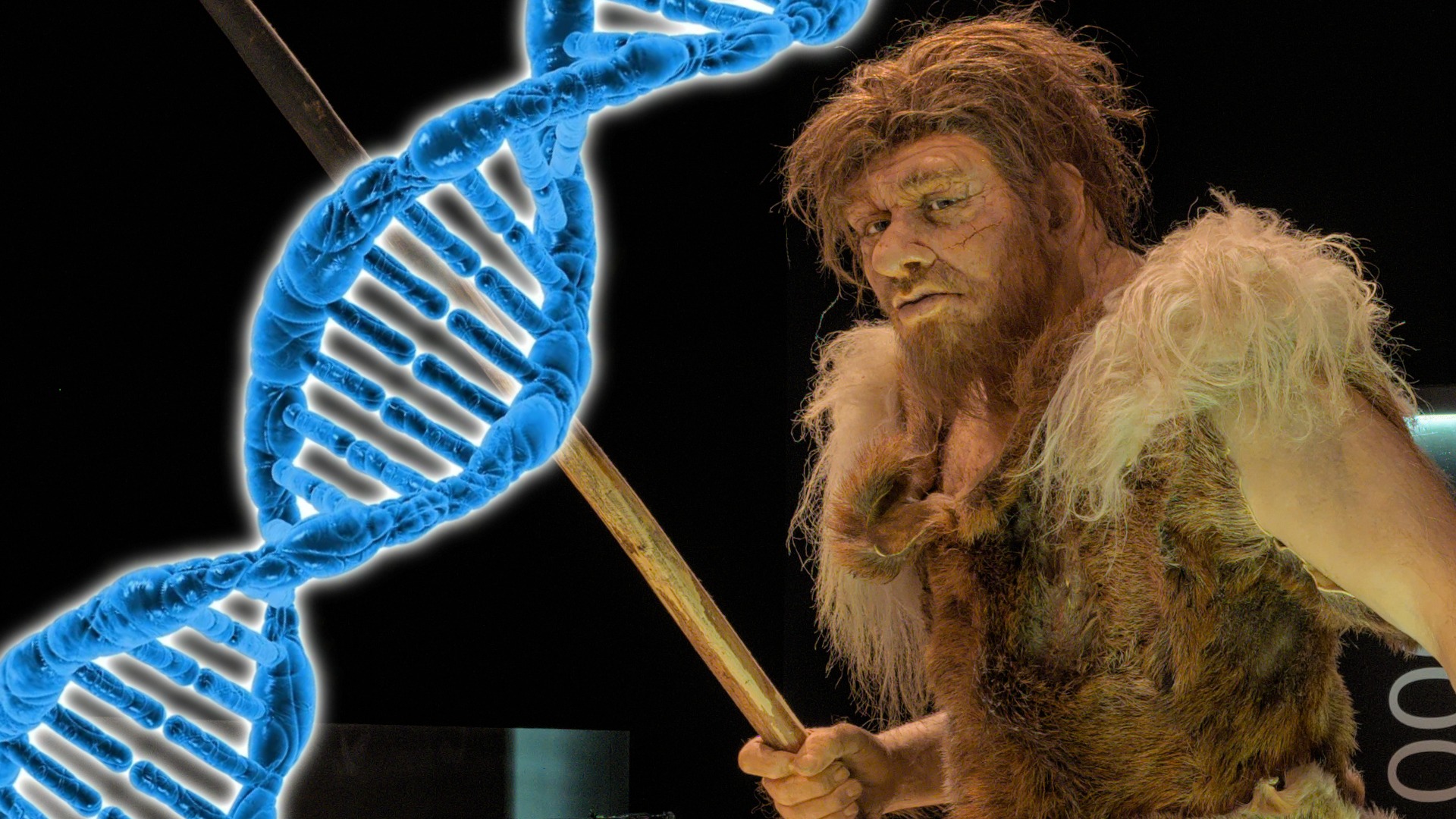


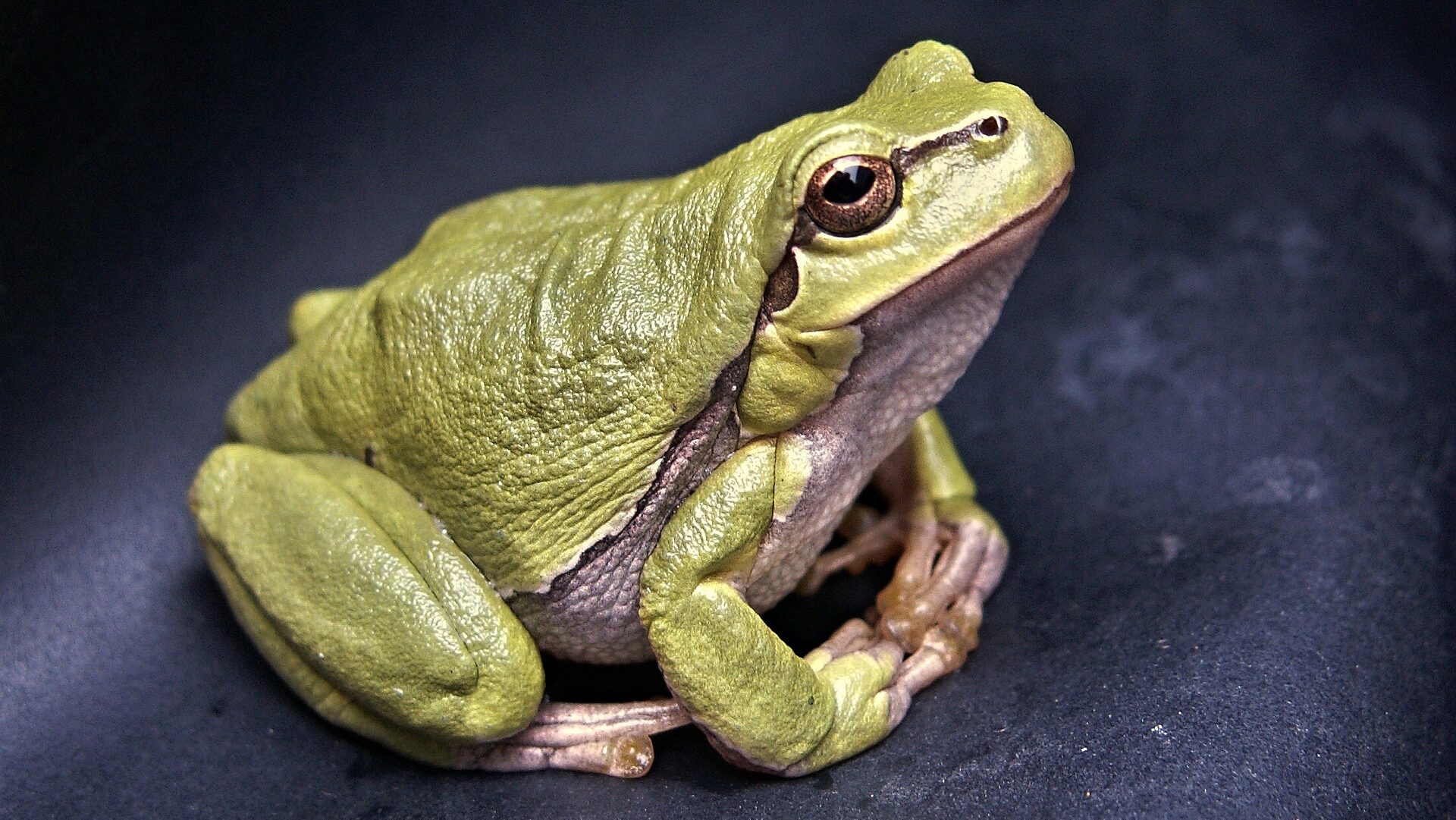
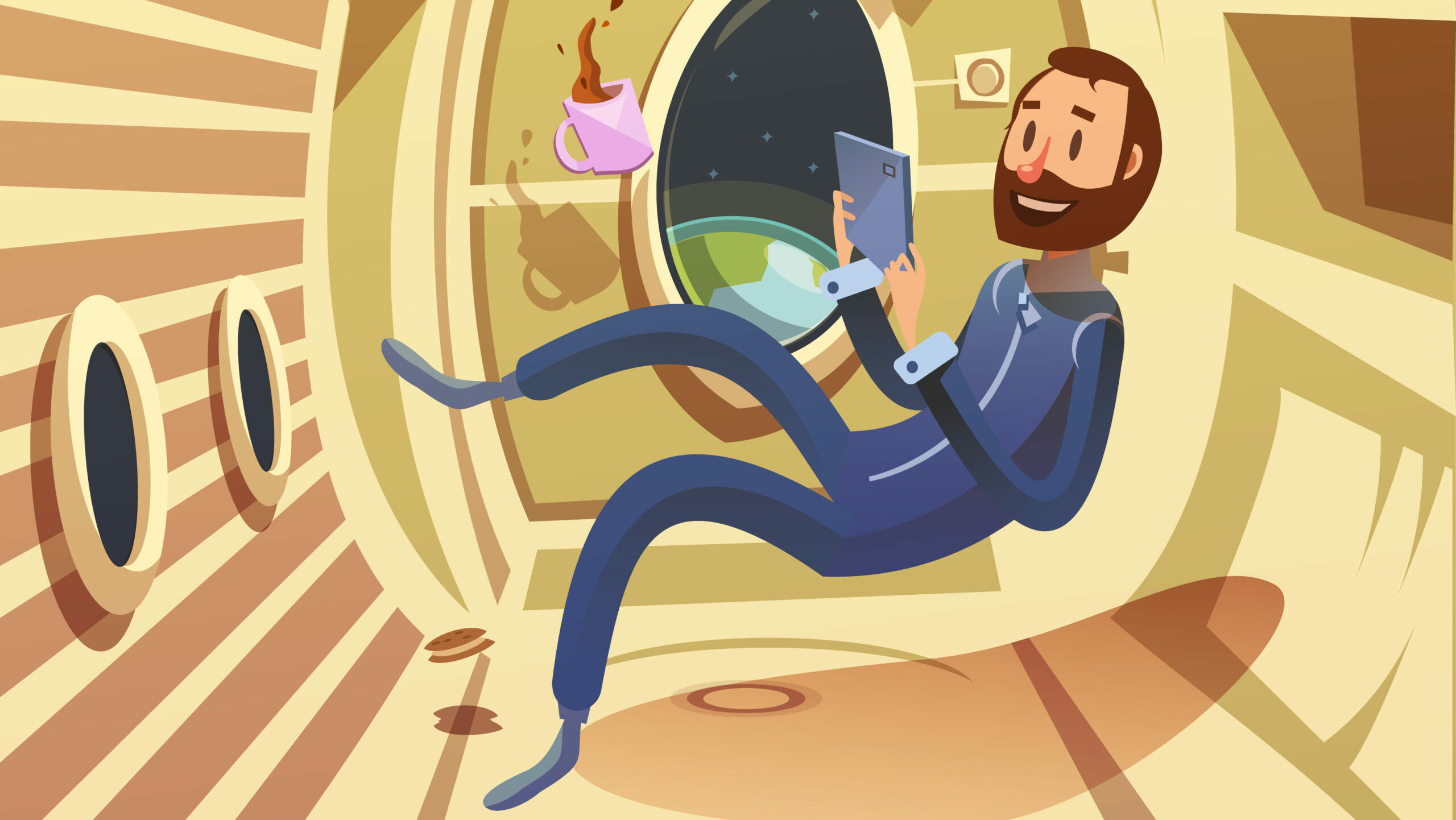



1 Comment
Made interesting reading